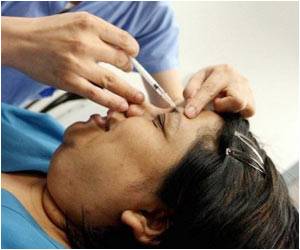Sea cucumbers and sea urchins can change the elasticity of collagen within their bodies, and this could hold the key to maintaining a youthful appearance, researchers say.

They found the genes for "messenger molecules" known as peptides, which are released by cells and tell other cells in their bodies what to do.
"Probably the most exciting discovery from our research was finding genes encoding peptides that cause rapid stiffening or softening of collagen in the body wall of sea cucumbers," project leader Professor Maurice Elphick said.
"Although sea urchins and sea cucumbers may not look much like us, we are actually quite closely related to them. As we get older, changes in collagen cause wrinkling of our skin, so if we can find out how peptides cause the body wall of a sea cucumber to quickly become stiff or soft then our research might lead to new ways to keeping skin looking young and healthy," Elphick said.
The scientists analysed the DNA sequences of thousands of genes in the purple sea urchin Strongylocentrotus purpuratus and the edible sea cucumber Apostichopus japonicus and specifically searched for genes encoding peptide messenger molecules.
Rapid advances in technology used to sequence genes made the research possible.
Advertisement
"We also found that sea urchins have a peptide that is very similar to calcitonin, a hormone that regulates our bones to make sure that they remain strong.
Advertisement
"These types of advances in basic science are fascinating in their own right but they are also important because they underpin the medical breakthroughs that lead to improvement in the quality of people's lives," Professor Elphick added.
The study has been published online in PLOS One and General and Comparative Endocrinology.
Source-ANI









